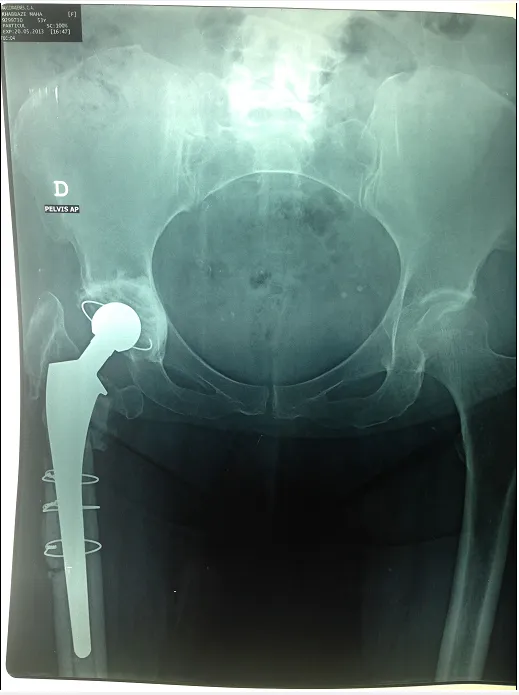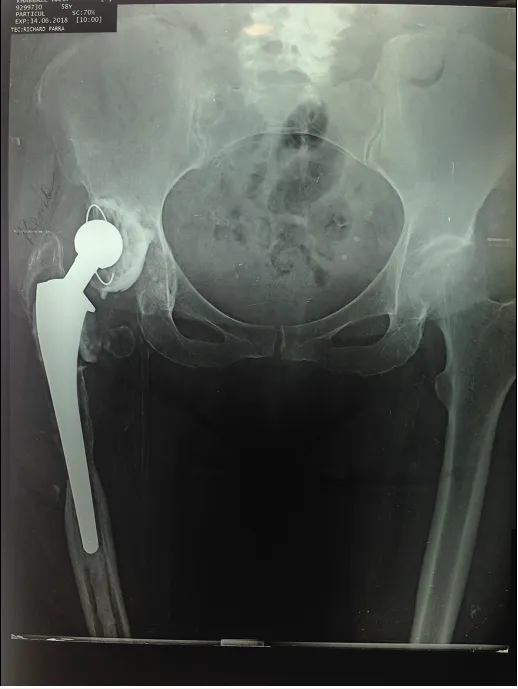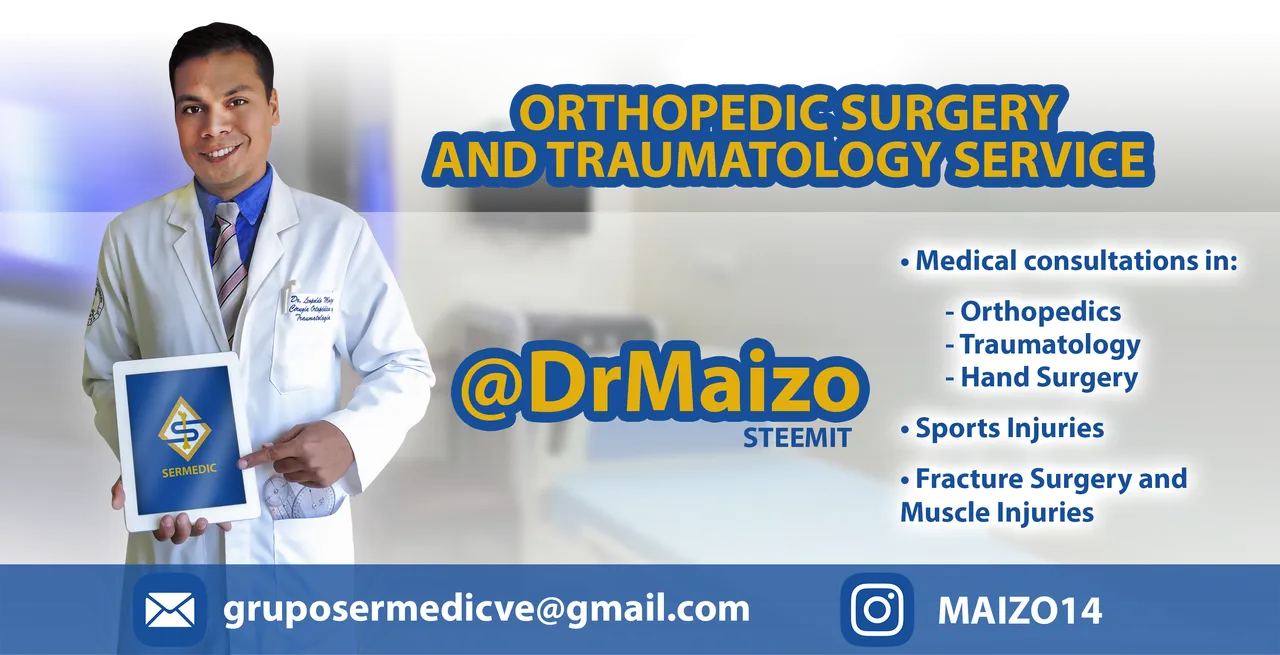
Dislocation of the hip prosthesis
We are talking about a dislocation of the hip prosthesis when the artificial femoral head comes out of the prosthetic acetabulum. Functional disability, pain and shortening of the lower limb are the main manifestations of dislocation of the prosthetic femoral head.
Radiological diagnosis is obvious most of the time and easy to detect.
A dislocated hip prosthesis can occur due to mechanical problems related to:
- The prosthesis itself (type of prosthesis and its geometry, positioning and adaptation to the patient)
- The supporting tissue (the stability of the joint is done through ligaments and muscles.) Weakness can contribute to joint dislocation.
Dislocations are one of the major complications that can occur during the first few weeks following hip replacement surgery. Because of the nature of the factors that contribute to prosthetic dislocations, they occur most often in the first few months after surgery.


Causes:
There are certain factors that may predispose you more to a dislocation of a hip prosthesis. Thus, prostheses that are placed because of a fracture have a higher risk of dislocation than those that are implanted because of osteoarthritis; and those that are placed in elderly patients, with less muscular strength, are more likely to suffer dislocation than those that are implanted in younger patients.
In addition, they can occur if the surgeon misaligns the components of the prosthesis. And the type of surgical technique and the approach route (access) used to insert it can also influence this. In general, it has always been stated that prostheses that are placed posteriorly (behind) are dislocated more than those that are implanted laterally or anteriorly (in front). The choice of one or the other route depends on the surgeon's training and preferences and on the patient's own characteristics and the situation required for the implant.
However, in recent years, improvements in the components, surgical techniques and approach routes have significantly - and evenly - reduced the rate of dislocations when accessed by the anterior and posterior route.



Treatment
A dislocated patient feels pain in the affected hip area and is unable to move, support and stand. Since he is unable to move, he must be transferred to the hospital. Once there, dislocation is treated as soon as possible. Although it is an undesirable complication and a very annoying trauma, it is an acute problem, usually self-limited in time, which is resolved in a few days; other complications such as infections or periprosthetic fractures (around the prosthesis) are more feared and much more serious and difficult to resolve.
Once a dislocation occurs, it must be treated with the greatest urgency and this is done with two types of techniques. One of them, called closed reduction, consists of administering the patient anesthesia (general or regional) and performing a series of maneuvers with traction of the affected limb, and put it back in place without the need for surgery.
Dr. Leopoldo Maizo - Orthopedic Surgeon


Firma diseñada por @themonkeyzuelans, contáctalos vía Discord "themonkeyzuelans#9087"
Great projects from the Steemit community:
- My Fundition campaign: https://fundition.io/#!/@drmaizo/6f88ggj8h



